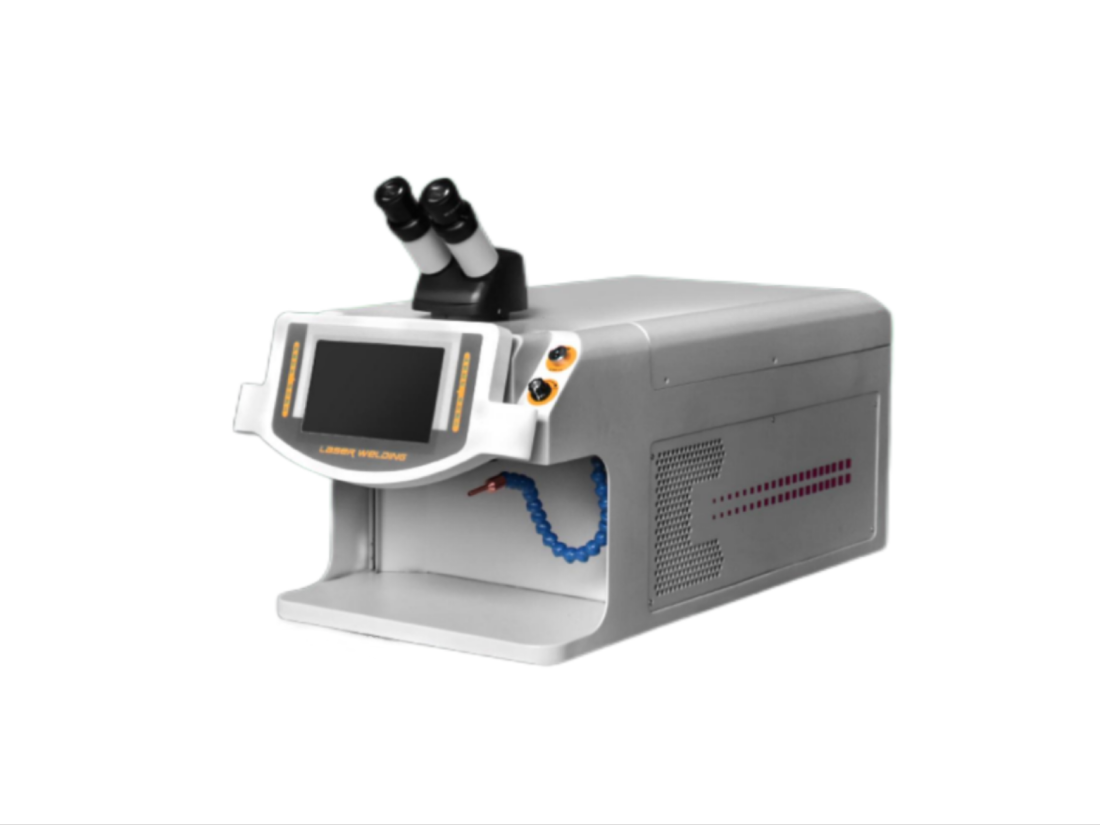- No.609, Centre Of Huijin Nanxiang, Yinxiang Road, Nanxiang Town, Jiading District, Shanghai, China
- sherry@sanmachines.com
- +86-18616767021
Difficulties in laser welding process!
At present, battery shells made of aluminum alloy materials account for more than 90% of the entire power battery. The difficulty of welding is that aluminum alloy has extremely high reflectivity to lasers, and is highly sensitive to pores during welding. Some problems and defects will inevitably occur during welding, among which pores, thermal cracks and explosions are the most important.
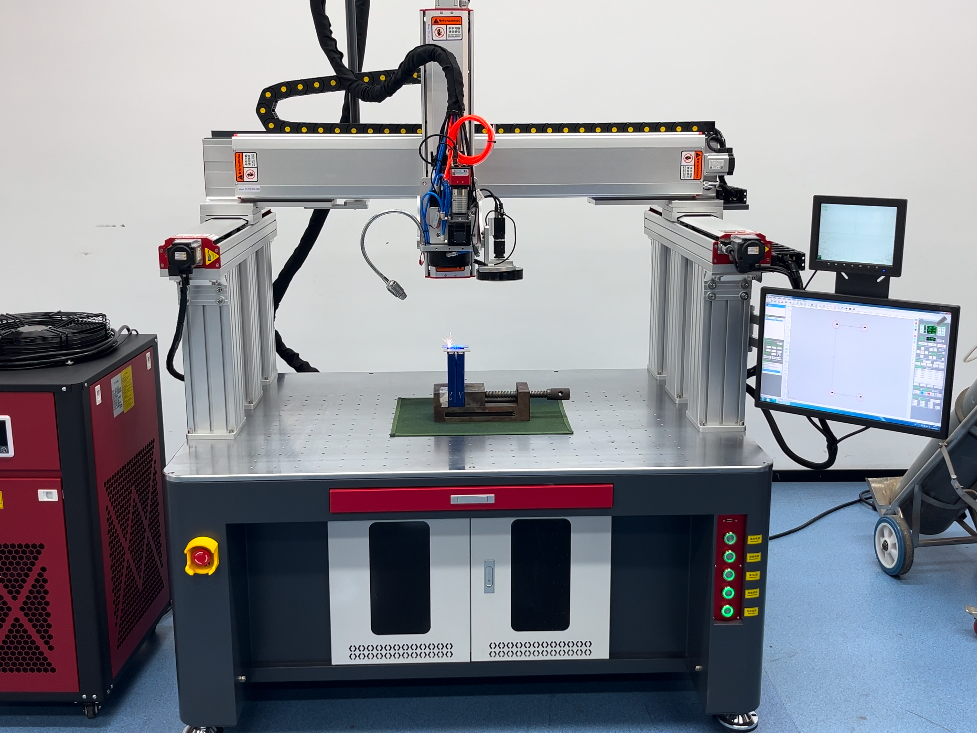
Pores are easily generated during the laser welding of aluminum alloys, and there are two main types: hydrogen pores and pores generated by bubble collapse. Because the cooling speed of laser welding is too fast, the hydrogen pore problem is more serious, and there is an additional type of pores generated by the collapse of small holes in laser welding.
Thermal crack problem. Aluminum alloy is a typical eutectic alloy. It is easy to have thermal cracks during welding, including weld crystallization cracks and HAZ liquefaction cracks. Due to the segregation of components in the weld zone, eutectic segregation will occur and grain boundary melting will occur. Under stress, liquefaction cracks will form at the grain boundary, reducing the performance of the welded joint.
Explosion (also known as spatter) problem. There are many factors that cause explosions, such as the cleanliness of the material, the purity of the material itself, the characteristics of the material itself, etc., and the stability of the laser plays a decisive role. The shell surface is convex, pores, and internal bubbles. The main reason is that the fiber core diameter is too small or the laser energy is set too high. It is not the "better beam quality, better welding effect" advertised by some laser equipment providers. Good beam quality is suitable for superposition welding with a large penetration depth. Finding suitable process parameters is the magic weapon to solve the problem.
Other difficulties
Soft-package pole ear welding has high requirements for welding tooling. The pole ear must be pressed firmly to ensure the welding gap. It can achieve high-speed welding of complex trajectories such as S-shaped and spiral shapes, increase the weld joint area and strengthen the welding strength.
The welding of cylindrical battery cells is mainly used for the welding of positive electrodes. Because the shell of the negative electrode is thin, it is very easy to weld through. For example, some manufacturers currently use the negative electrode free welding process, and the positive electrode uses laser welding.
When welding square batteries, the poles or connecting pieces are contaminated. When welding the connecting pieces, the contaminants decompose and easily form welding explosion points, resulting in holes. Batteries with thin poles and plastic or ceramic structural parts underneath are easy to be welded through. When the poles are small, it is also easy to weld off-center and burn the plastic, forming explosion points. Do not use multi-layer connecting pieces, as there are gaps between the layers and it is not easy to weld firmly.
The most important process of square battery welding is the encapsulation of the shell cover, which is divided into the welding of the top cover and the bottom cover according to the different positions. Some battery manufacturers use the "deep drawing" process to manufacture battery shells because the batteries they produce are not large in size, and only the top cover needs to be welded.
Related product links


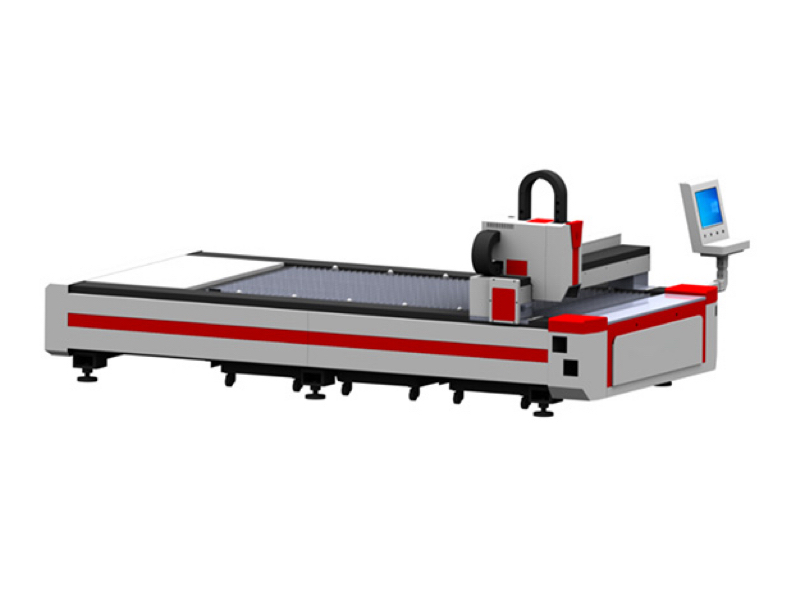
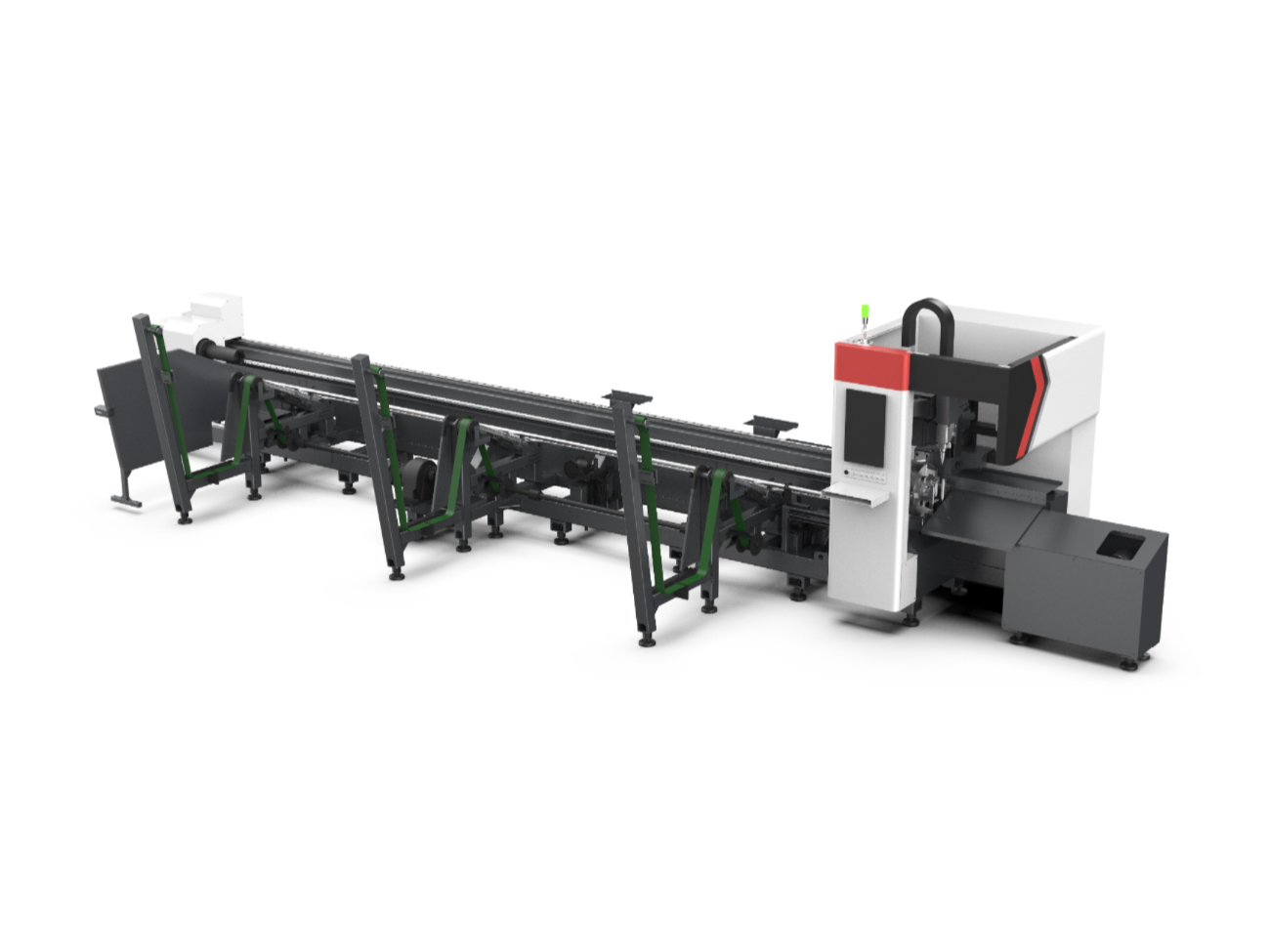
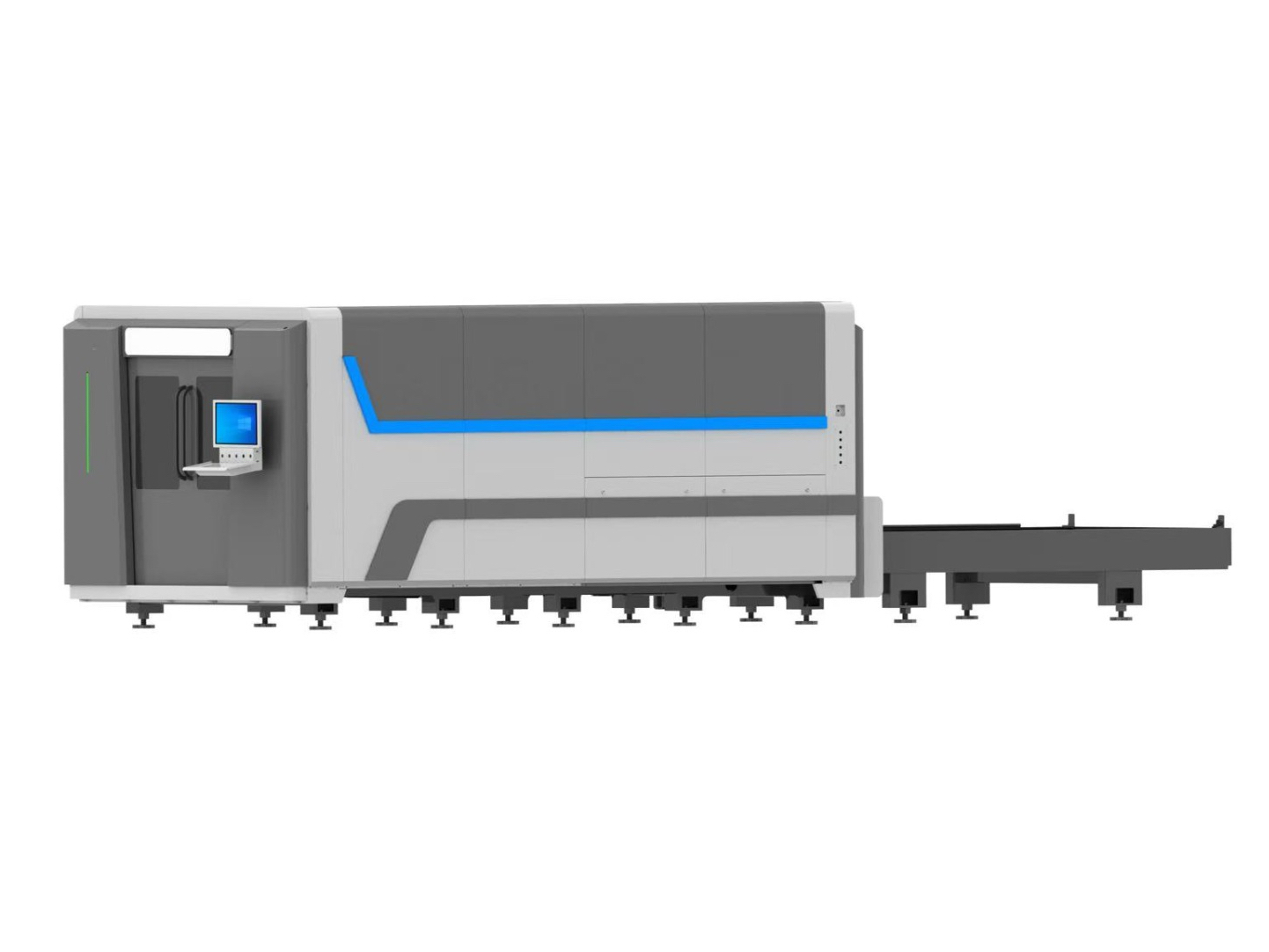
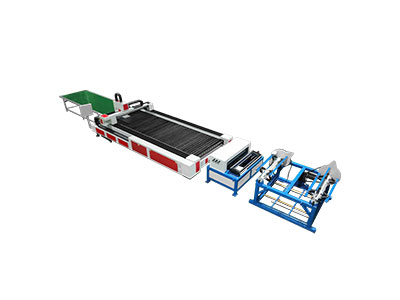
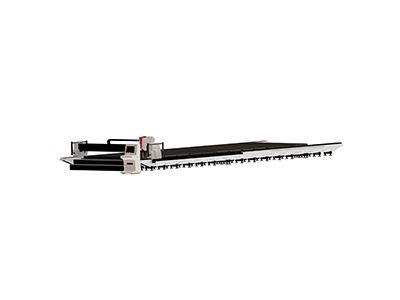
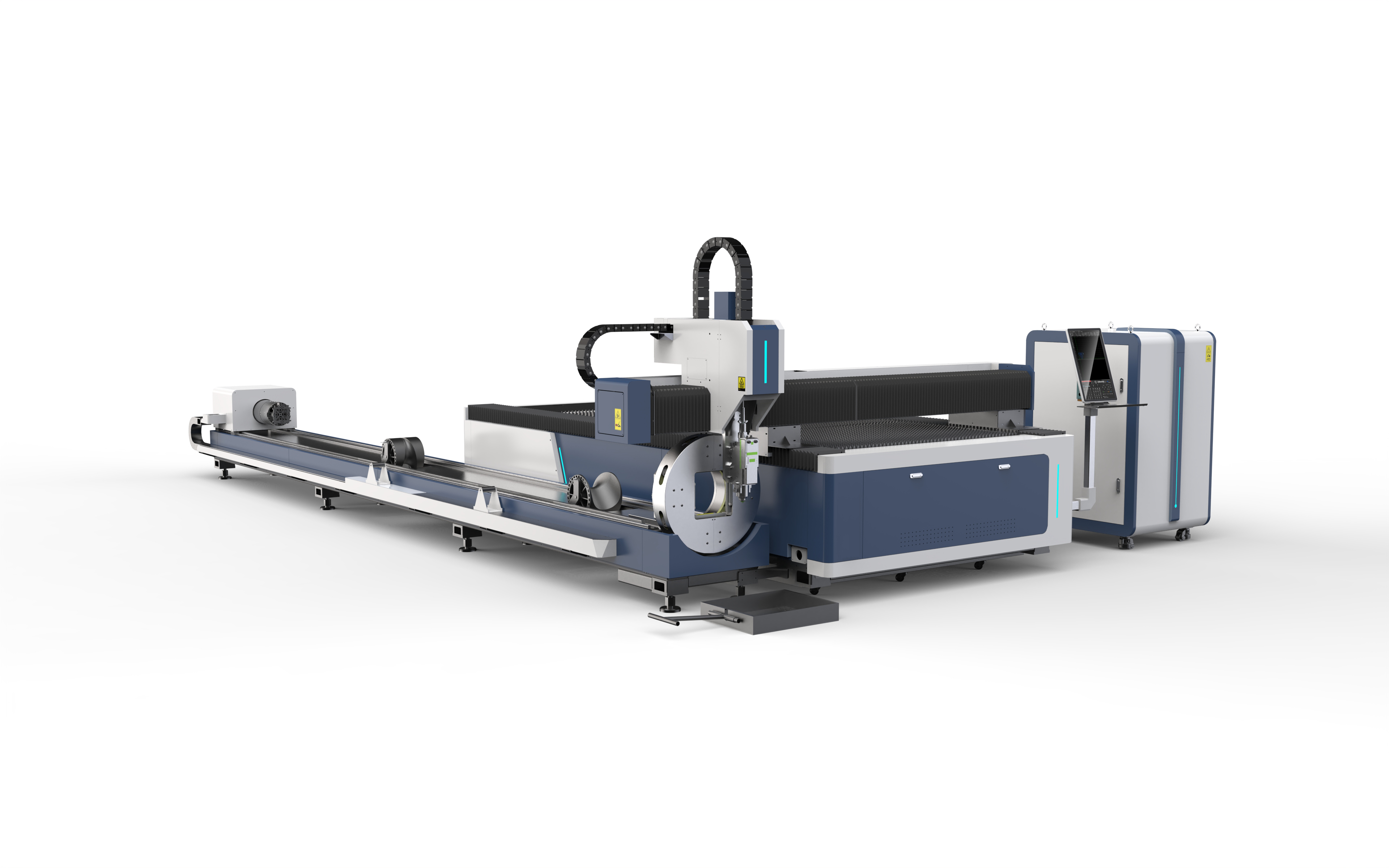
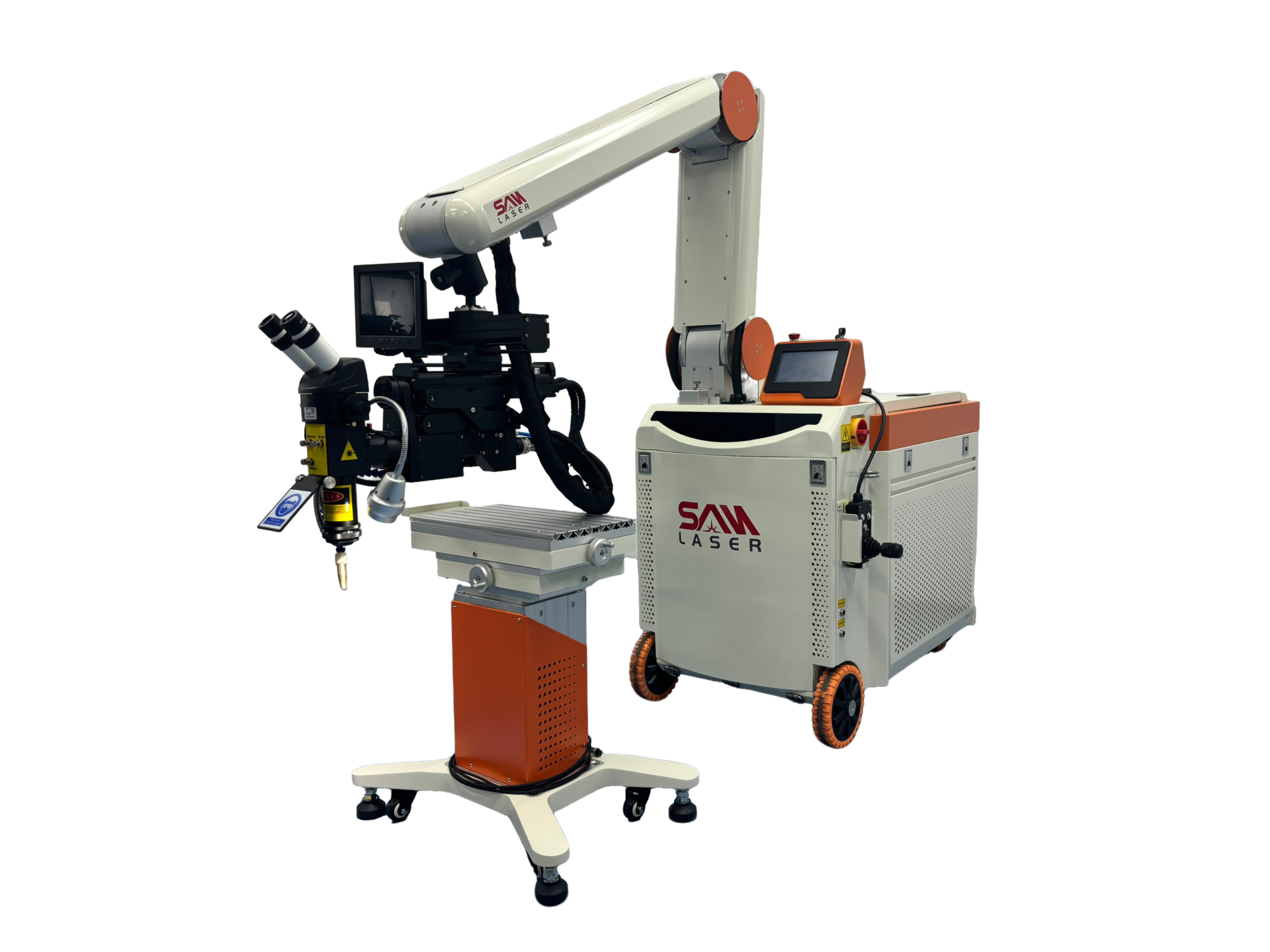
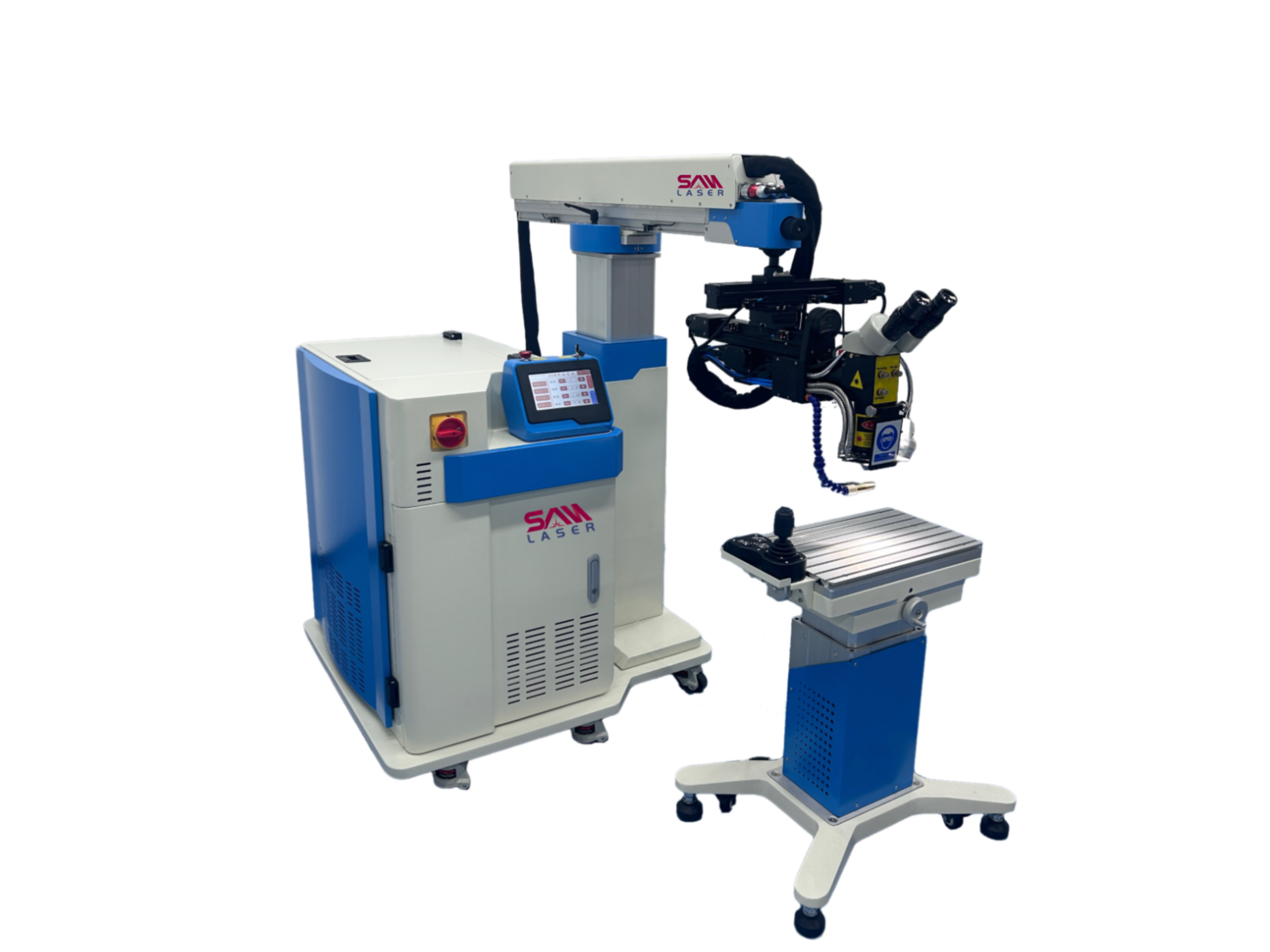
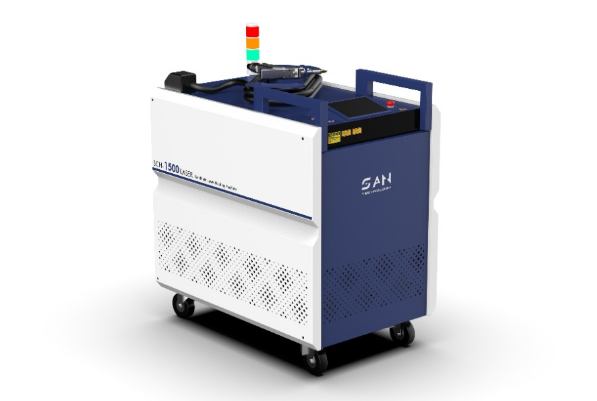
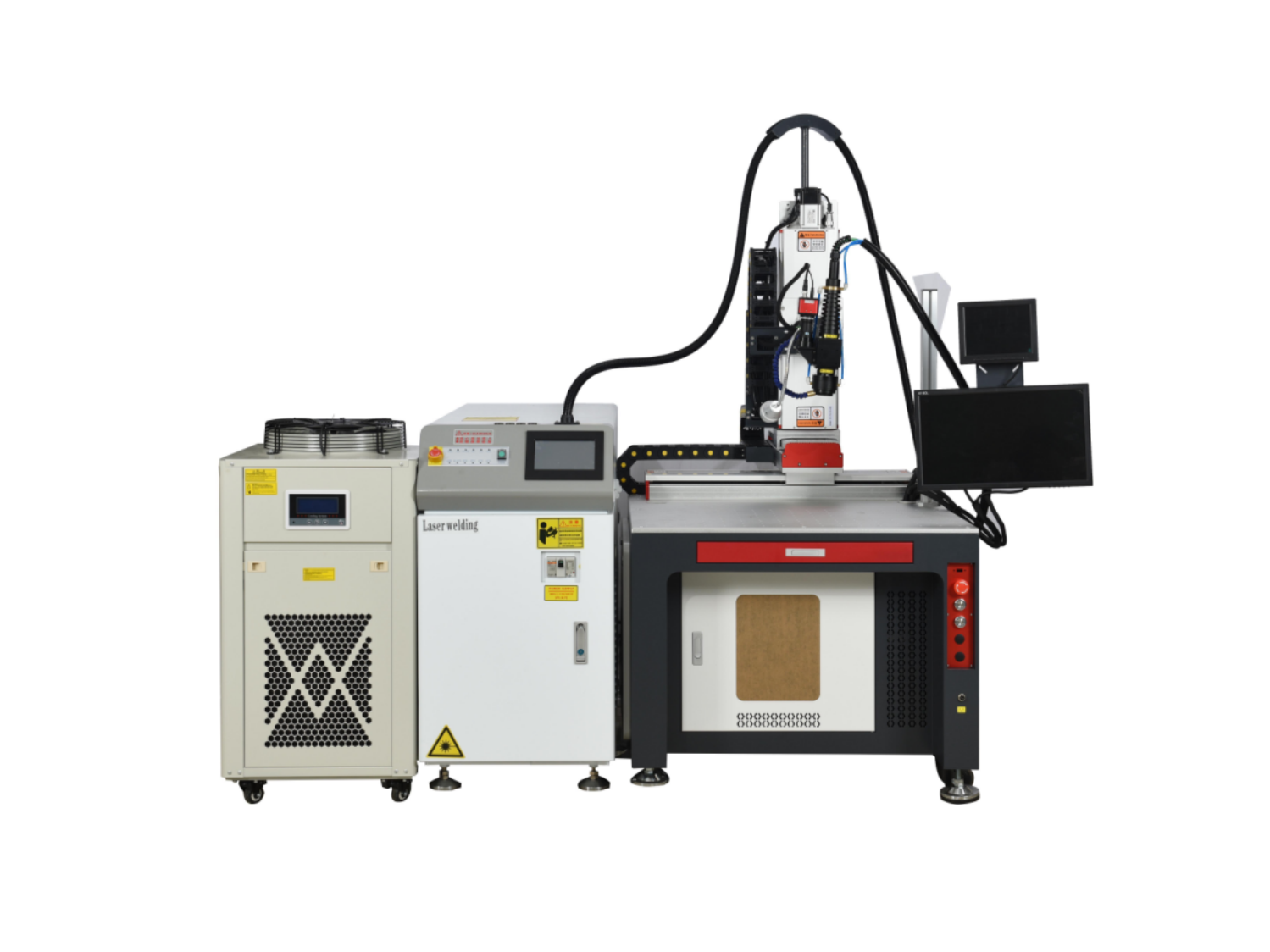
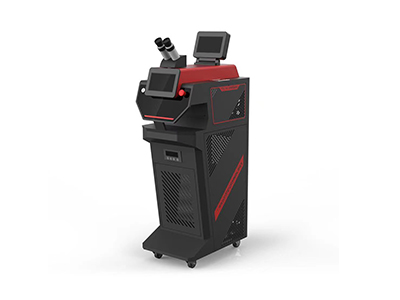
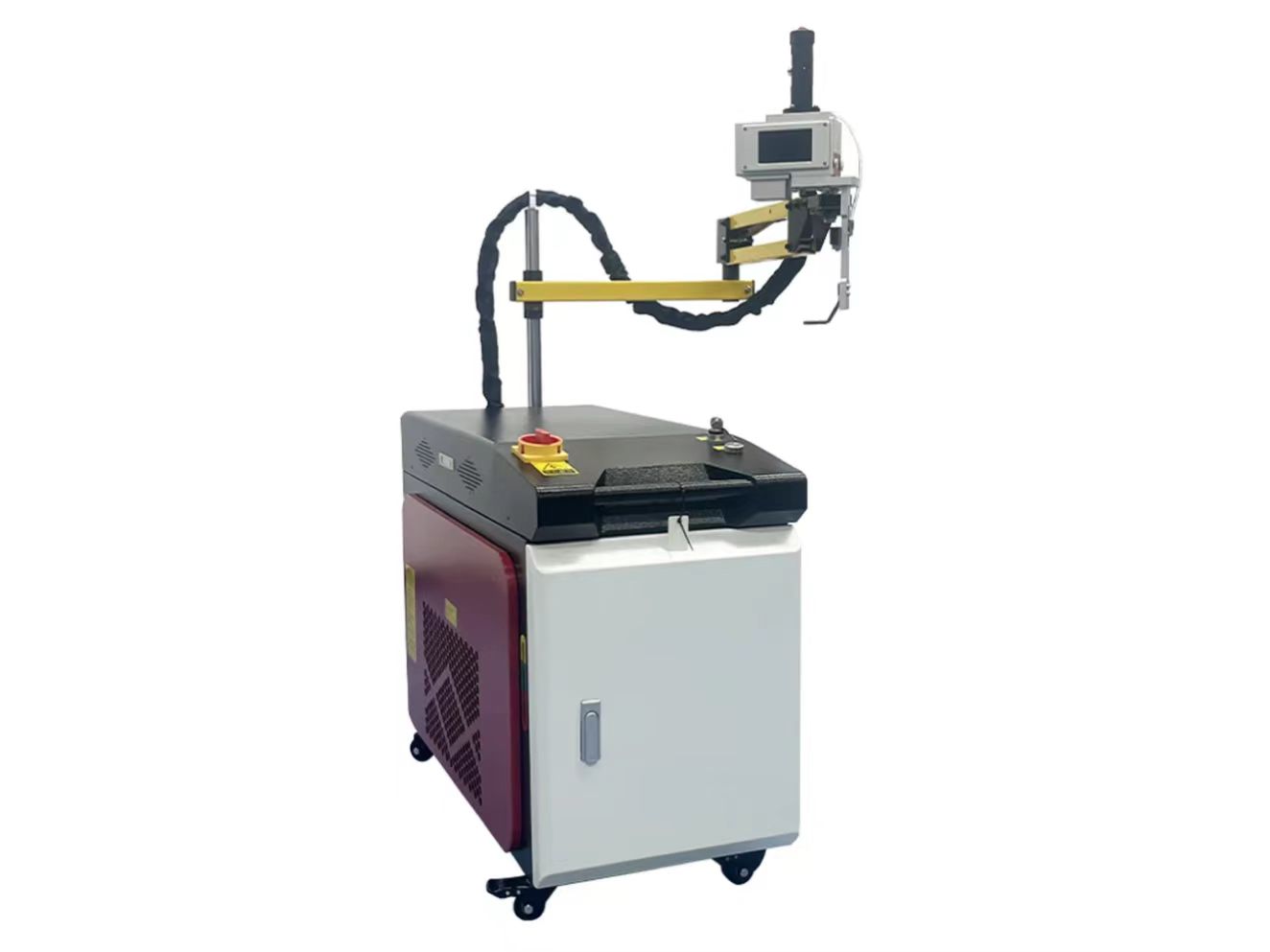
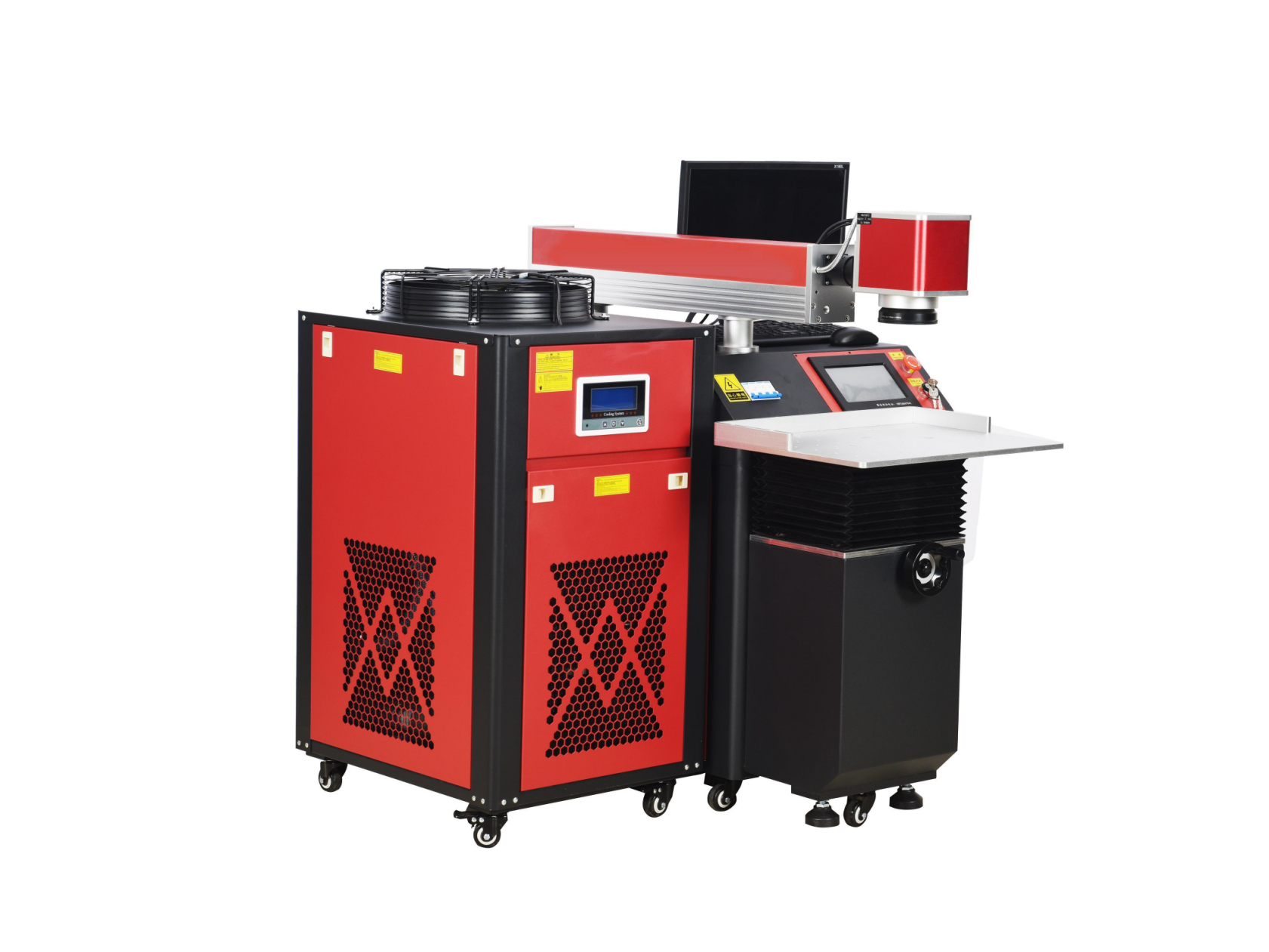
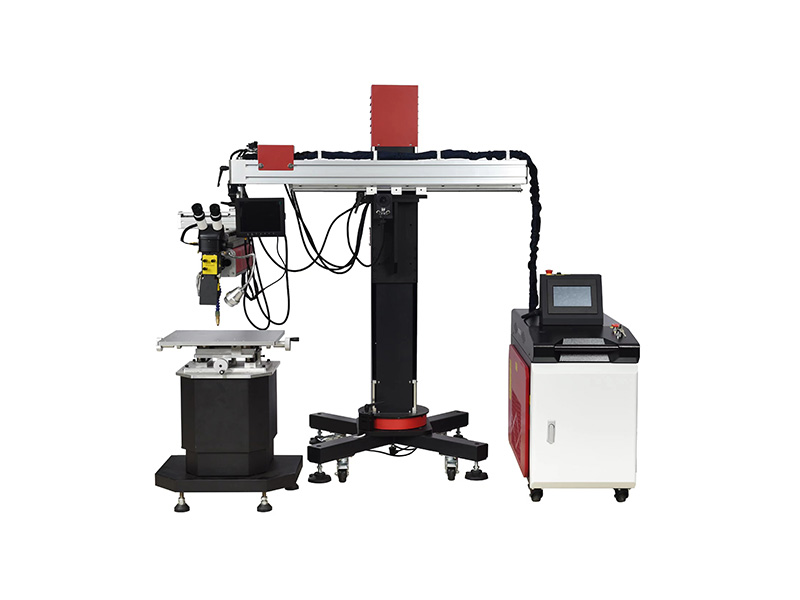
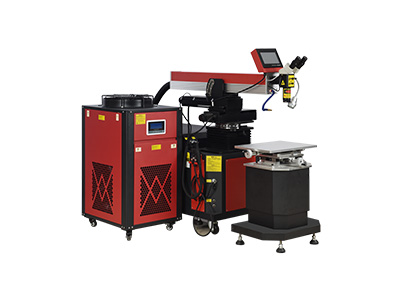
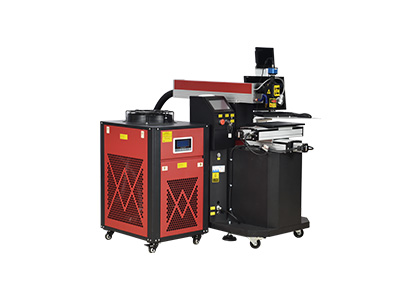
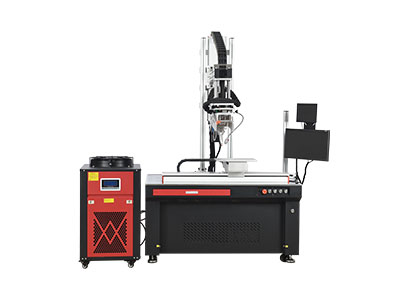
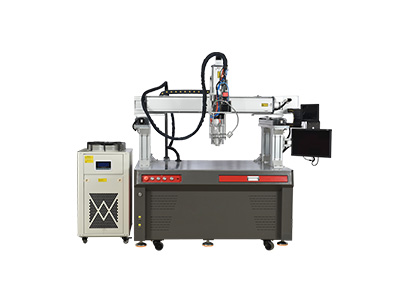
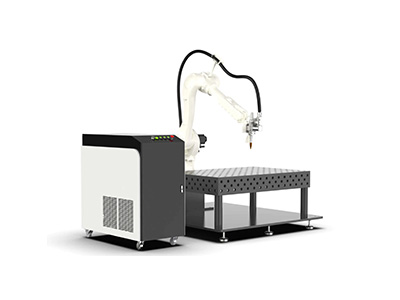
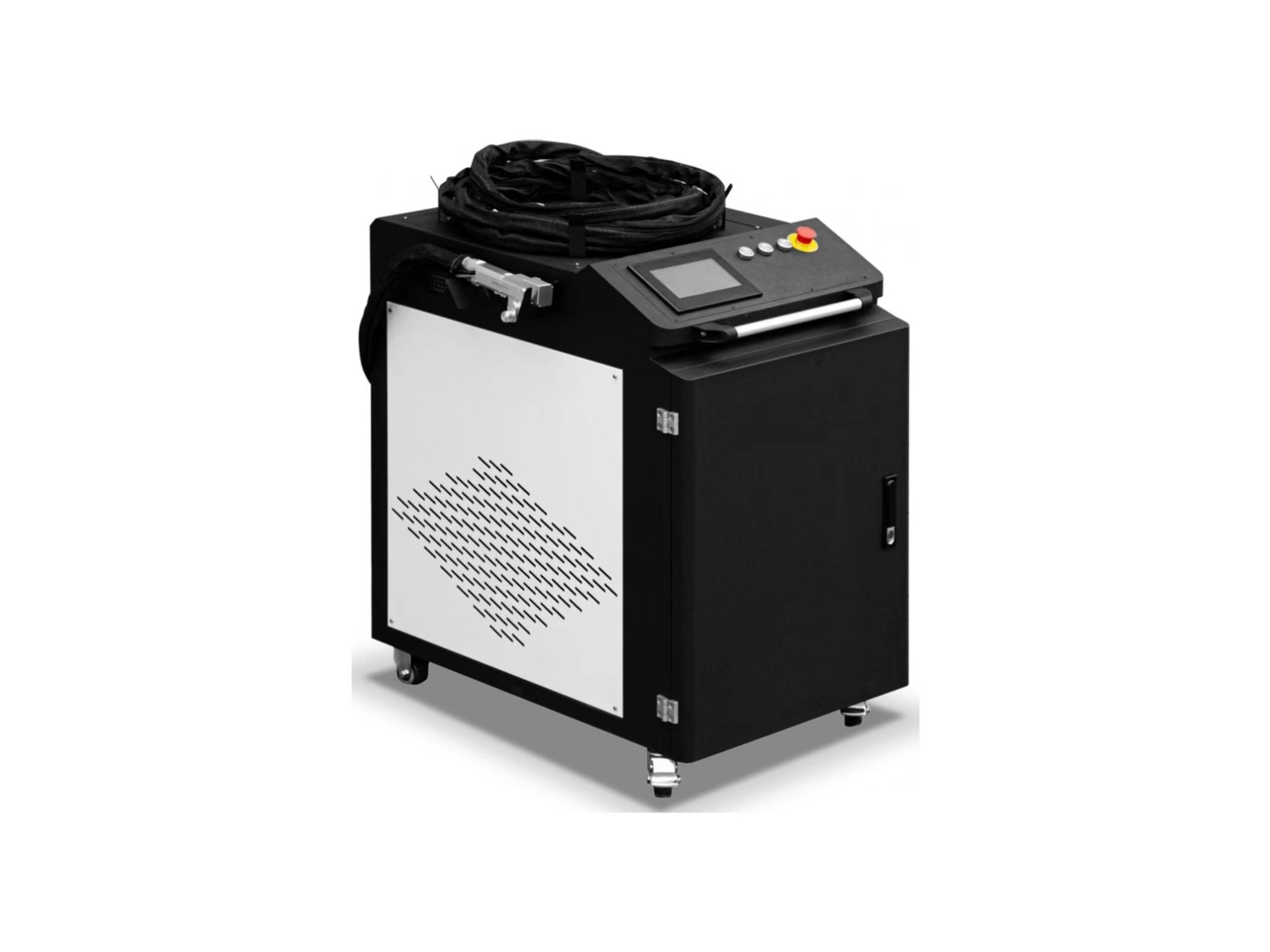
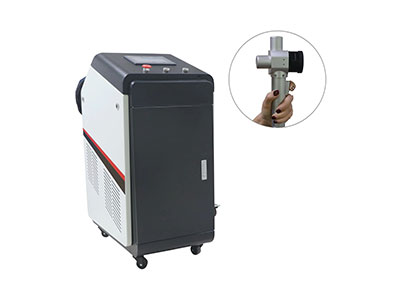
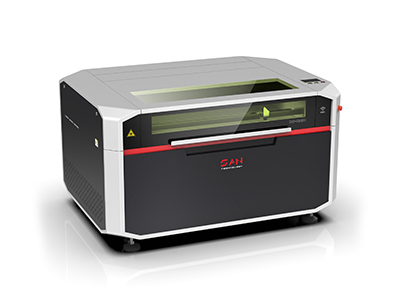
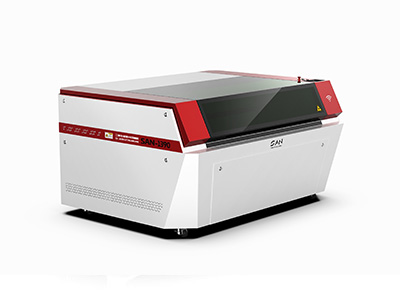
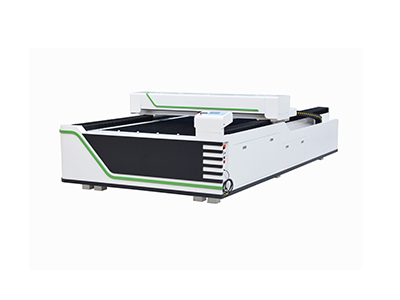
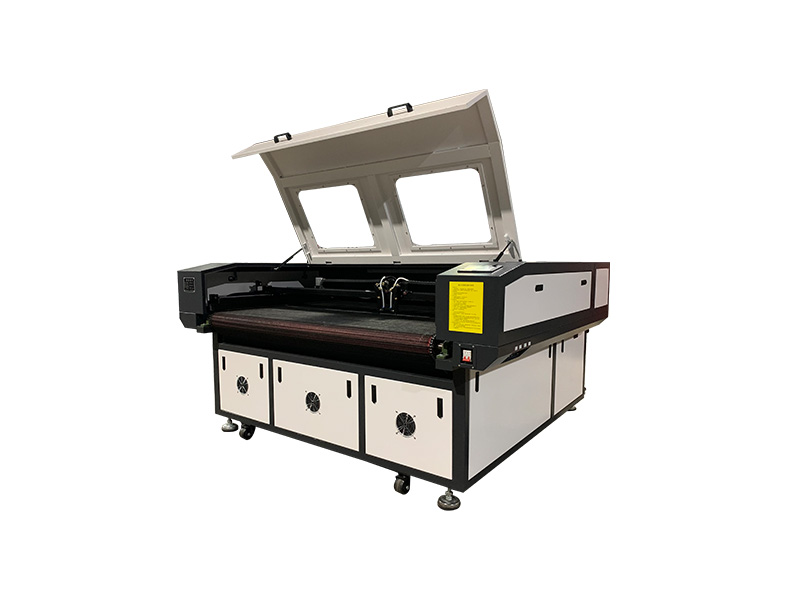
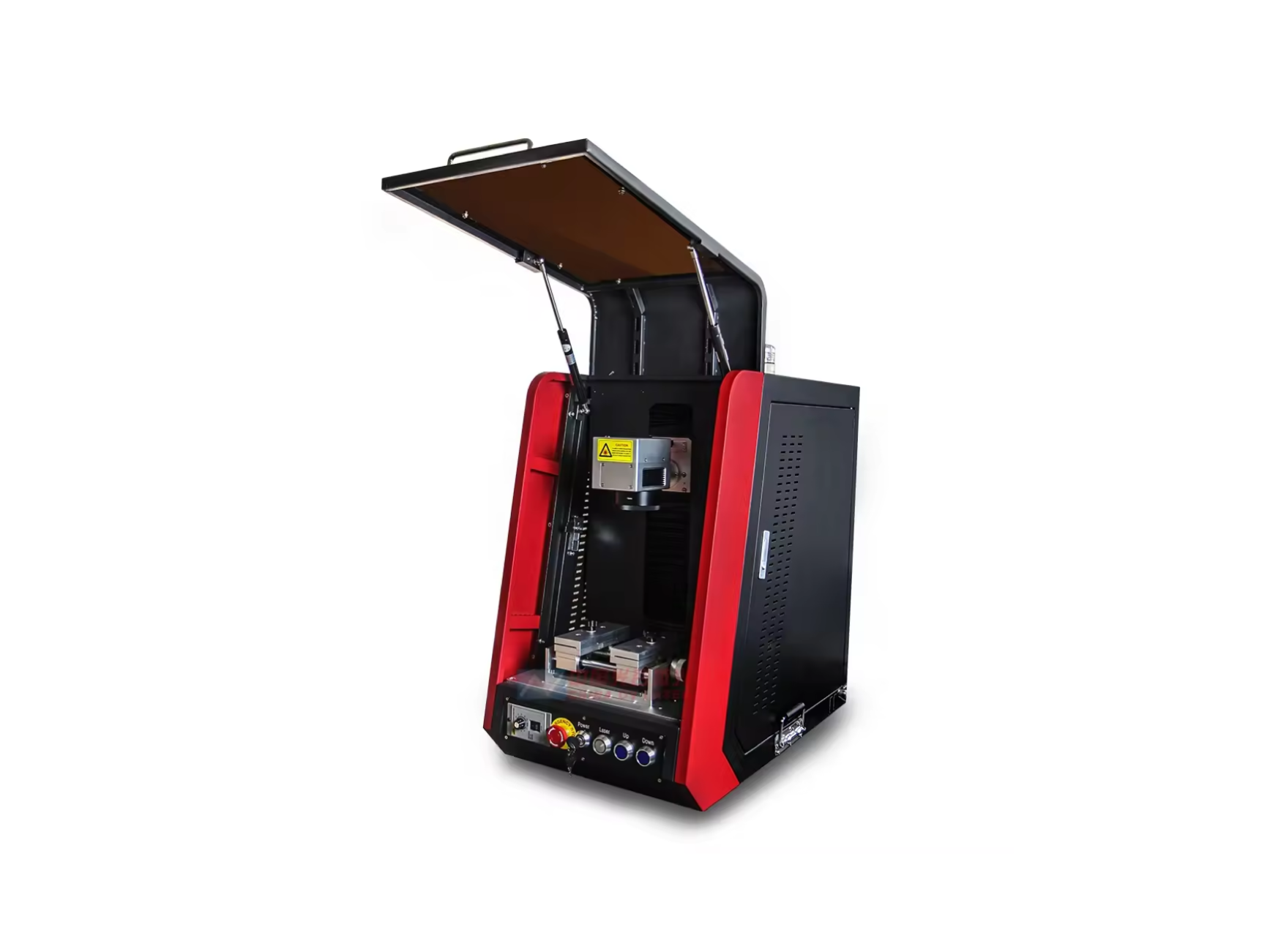
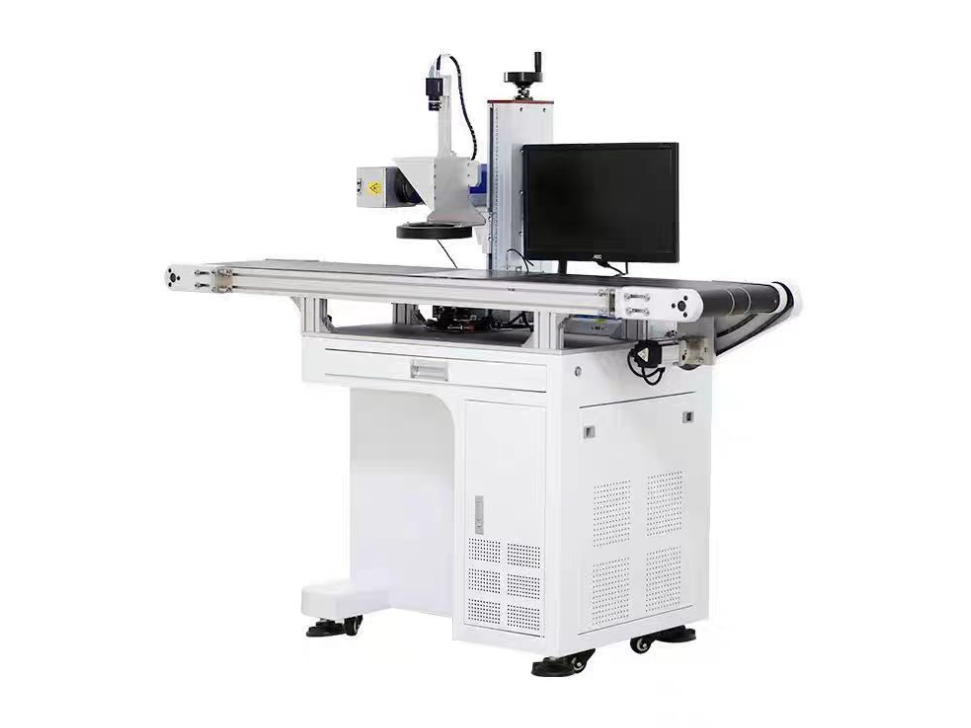
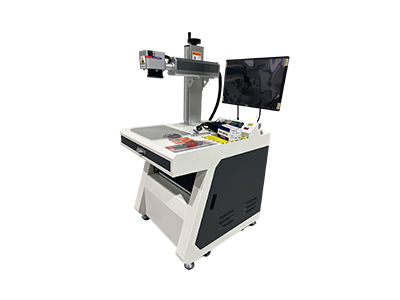
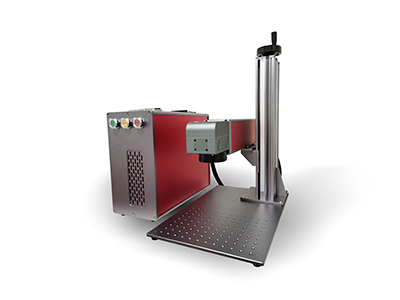
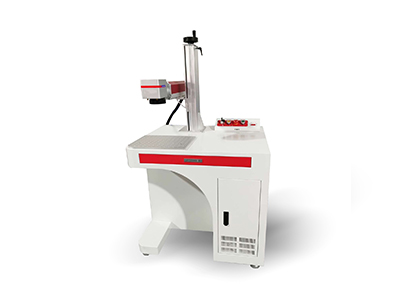
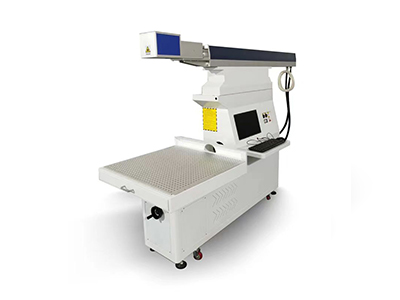
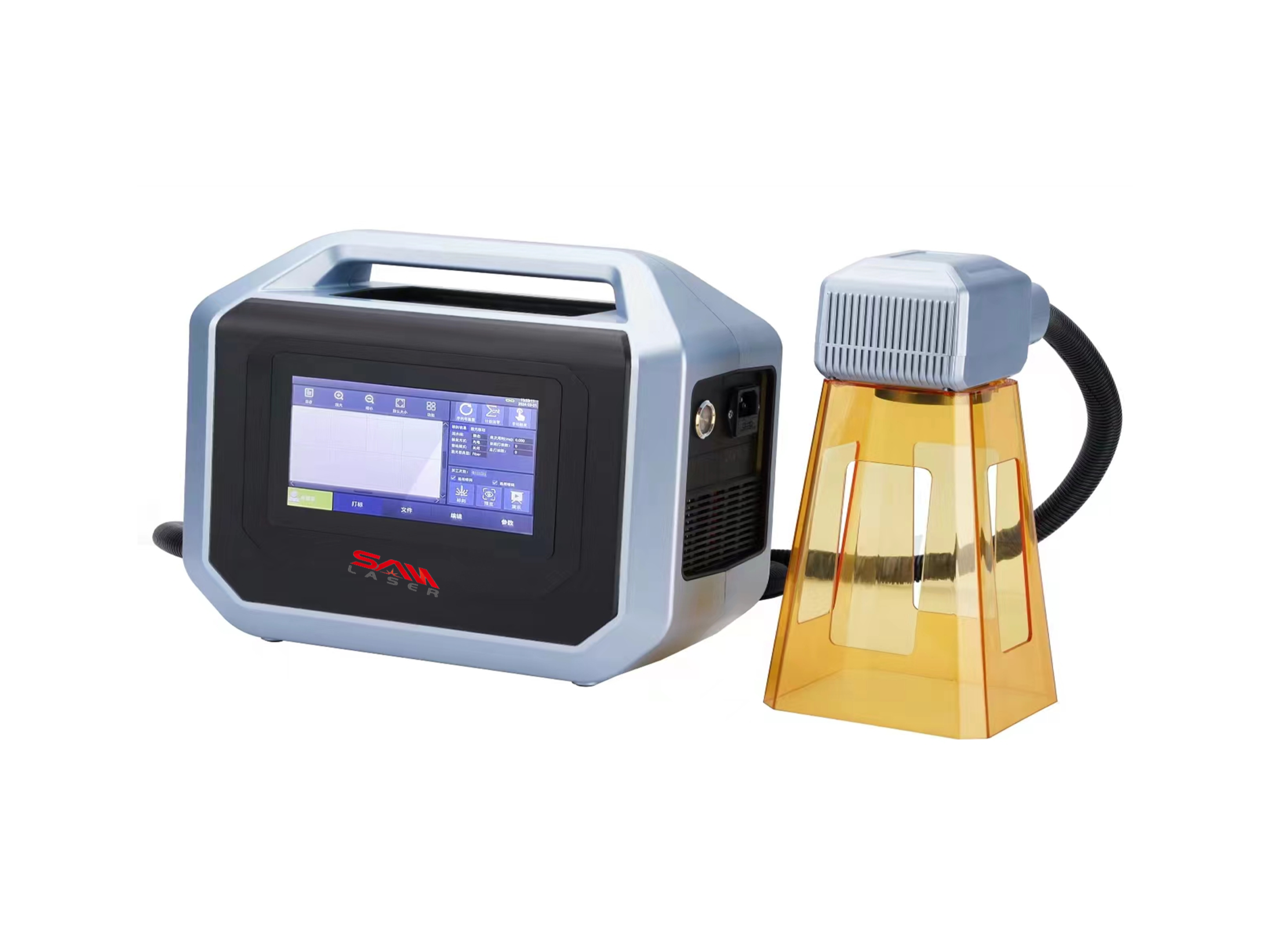
 Welder News
Welder News
